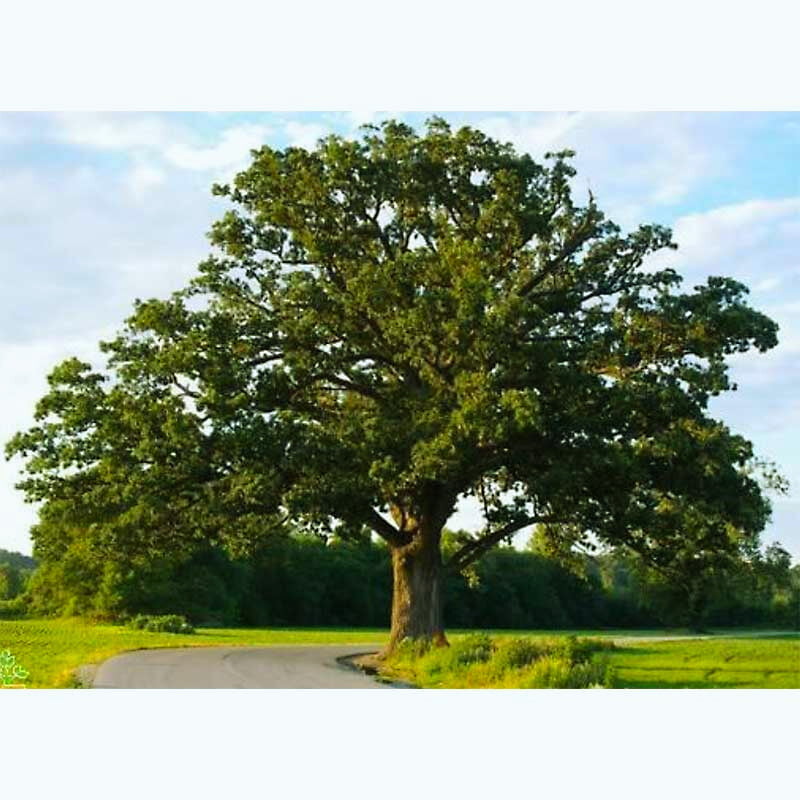
Quercus Shumardii and Planting: A Comprehensive Guide
Introduction
In the world of landscaping and gardening, few things are as rewarding as nurturing a tree from a sapling to maturity. One tree species that holds a special place in the hearts of many enthusiasts is Quercus Shumardii, commonly known as Shumard Oak. In this article, we’ll delve into the world of Quercus Shumardii and provide you with a comprehensive guide on planting and caring for this magnificent tree.
The Majesty of Quercus Shumardii
Quercus Shumardii, also known as Shumard Oak, is a symbol of natural grandeur. Its wide-spreading canopy and striking foliage make it a favorite among tree enthusiasts and landscapers alike. Let’s explore why this tree is so highly regarded.
Aesthetic Delight
One of the most enchanting features of the Shumard Oak is its foliage. In spring and summer, its leaves are a glossy green that offers cooling shade. However, it’s in the fall that this tree truly shines. As the seasons change, the leaves transform into a breathtaking array of fiery red and vibrant orange hues. Planting a Shumard Oak means you’ll have a front-row seat to nature’s own spectacular autumn show, right in your backyard.
Wildlife Oasis
If you’re an advocate for biodiversity, the Shumard Oak is an excellent choice. This tree acts as a welcoming haven for various wildlife species. Birds find refuge in its branches, and squirrels often call it home. Planting a Shumard Oak is like opening a wildlife sanctuary right on your property, providing a habitat for critters to thrive.
Adaptability and Resilience
Shumard Oaks are known for their adaptability. They can flourish in various soil types, including clay, loam, and sandy soils. Their hardiness extends to diverse climate conditions, making them suitable for regions with both hot, dry summers and cold, harsh winters. Whether you’re in the southeastern United States or beyond, the Shumard Oak can be a valuable addition to your landscape.
Planting Your Shumard Oak: A Step-by-Step Guide
Choosing the Perfect Location
Selecting the right location for your Shumard Oak is pivotal to its long-term health and growth. Here are the key factors to consider:
Sunlight: Shumard Oaks thrive in full sun. Choose a spot with at least 6-8 hours of direct sunlight each day.
Soil Quality: Ensure the soil is well-draining, as these trees don’t tolerate waterlogged roots. Slightly acidic soil is ideal, but if your soil is alkaline, amending it can create a suitable environment for your tree.
The Planting Process
Now, let’s dive into the actual planting process:
Dig a Hole: Dig a hole that’s twice as wide as the root ball and just as deep.
Remove the Tree from the Container: Carefully remove your Shumard Oak from its container, being gentle with the roots to avoid damage.
Positioning: Place the tree in the center of the hole, ensuring that the top of the root ball is level with the ground surface.
Backfill and Water: Fill the hole with the soil you removed, tamping it down gently as you go to eliminate air pockets. After planting, give your tree a generous watering to help it settle in its new home.
By following these steps, you’ll provide your Shumard Oak with the best possible start on its journey to becoming a majestic tree.
Caring for Your Shumard Oak: Tips for Success
Watering Wisdom
- Young Trees: Newly planted Shumard Oaks require regular watering to keep the soil consistently moist. This is especially crucial during the first growing season when their roots are establishing.
- Mature Trees: Once your Shumard Oak is established, it becomes more drought-tolerant. However, it’s still advisable to provide supplemental water during prolonged dry periods to ensure its well-being.
Pruning Prowess
- Annual Pruning: To maintain a healthy and attractive tree, plan to prune your Shumard Oak every year during late winter. This practice not only removes dead or diseased branches but also helps shape the tree for optimal growth.
Fertilizing Finesse
- Limited Fertilization: Shumard Oaks typically don’t require heavy fertilization. A slow-release, balanced fertilizer applied in early spring should suffice to support their growth.
Pest and Disease Vigilance
- Regular Monitoring: Keep a watchful eye on your Shumard Oak for common issues like oak wilt or infestations by pests such as caterpillars. Early detection and swift action are key to effectively managing these problems.
Conclusion
In conclusion, Quercus Shumardii, the Shumard Oak, is a remarkable tree that can grace your landscape with its beauty and benefits. By selecting the right location, following proper planting procedures, and providing attentive care, you can watch your Shumard Oak flourish and become a testament to nature’s enduring majesty.
FAQs
1. How fast does Quercus Shumardii grow?
Quercus Shumardii typically grows at a moderate pace, averaging about 12 to 18 inches per year under ideal conditions.
2. Can I plant Quercus Shumardii in a container?
While it’s possible to plant a young Shumard Oak in a container, it’s not recommended for long-term growth, as these trees can become quite large.
3. Is Quercus Shumardii resistant to pests and diseases?
While Shumard Oaks are relatively hardy, they can be susceptible to oak wilt and certain insect pests. Regular monitoring and care can help prevent and treat these issues.
4. When is the best time to plant Quercus Shumardii?
The best time to plant Shumard Oaks is in the late fall or early spring when the tree is dormant, allowing it to establish roots before the growing season.
5. How can I encourage vibrant fall foliage in my Shumard Oak?
To enhance the autumn color display, make sure your tree receives adequate sunlight and water during the growing season. Proper care can result in brilliant red and orange leaves in the fall.